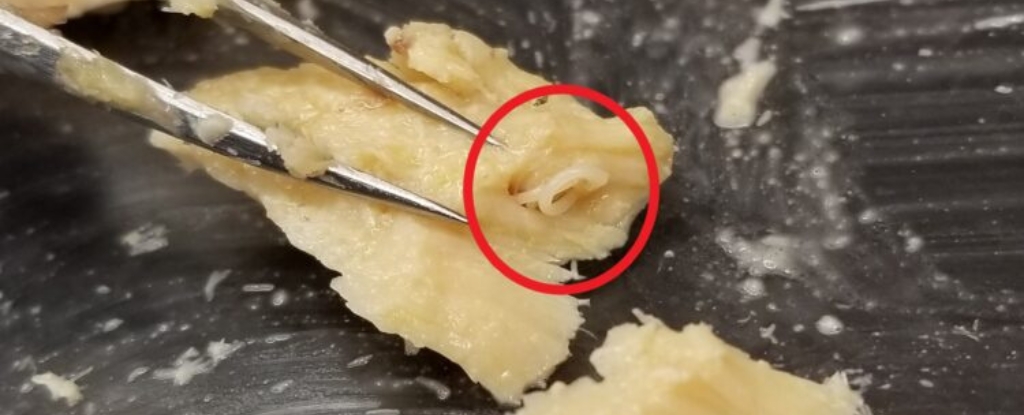The study, published in Ecology and Evolution, reveals an innovative twist on traditional ecological studies.
The researchers turned to an unusual source to understand historical changes in marine ecosystems: old canned salmon.
These canned goods, some dating back to the 1970s, were initially set aside by the Seattle Seafood Association for quality control purposes.
However, they have now provided invaluable data for examining the presence and evolution of marine parasites over several decades.
The authors used these cans as a unique archive of marine life, focusing not on the salmon, but on the anisakid worms found inside.
Anisakids, marine parasites approximately 1 centimeter long, play a significant role in marine food chains and are harmless to humans when killed during canning.
These worms travel through various hosts, starting with krill, passing through salmon, and finally to marine mammals where they complete their reproductive cycle.
The presence of these parasites in salmon is not an indication of poor quality, but rather a sign of a healthy, functioning ecosystem.
The research, using 178 cans from the archive containing four different species of salmon from the Gulf of Alaska and Bristol Bay collected over a period of 42 years (1979-2021), showed varying trends in parasite populations.
The data revealed an increase in worm numbers in keta and gorbuscha salmon over time, while levels in sockeye and coho salmon remained stable.
These data may suggest differences in ecological conditions or changes in host availability over time, points out Science Alert.

This finding challenges conventional notions about parasites and opens up new avenues for research into ecological health and stability. By examining these "accidental archives", the team has shown that old salmon cans can serve as time capsules.





